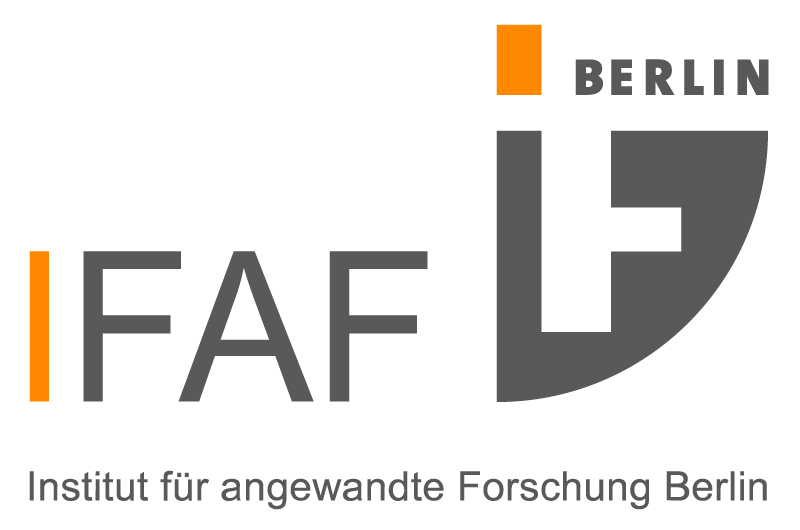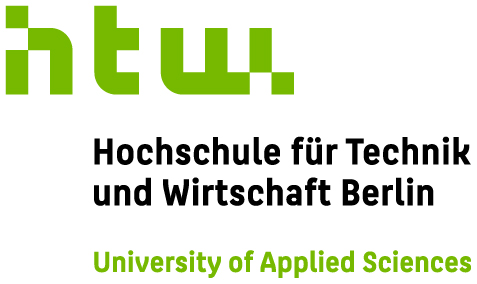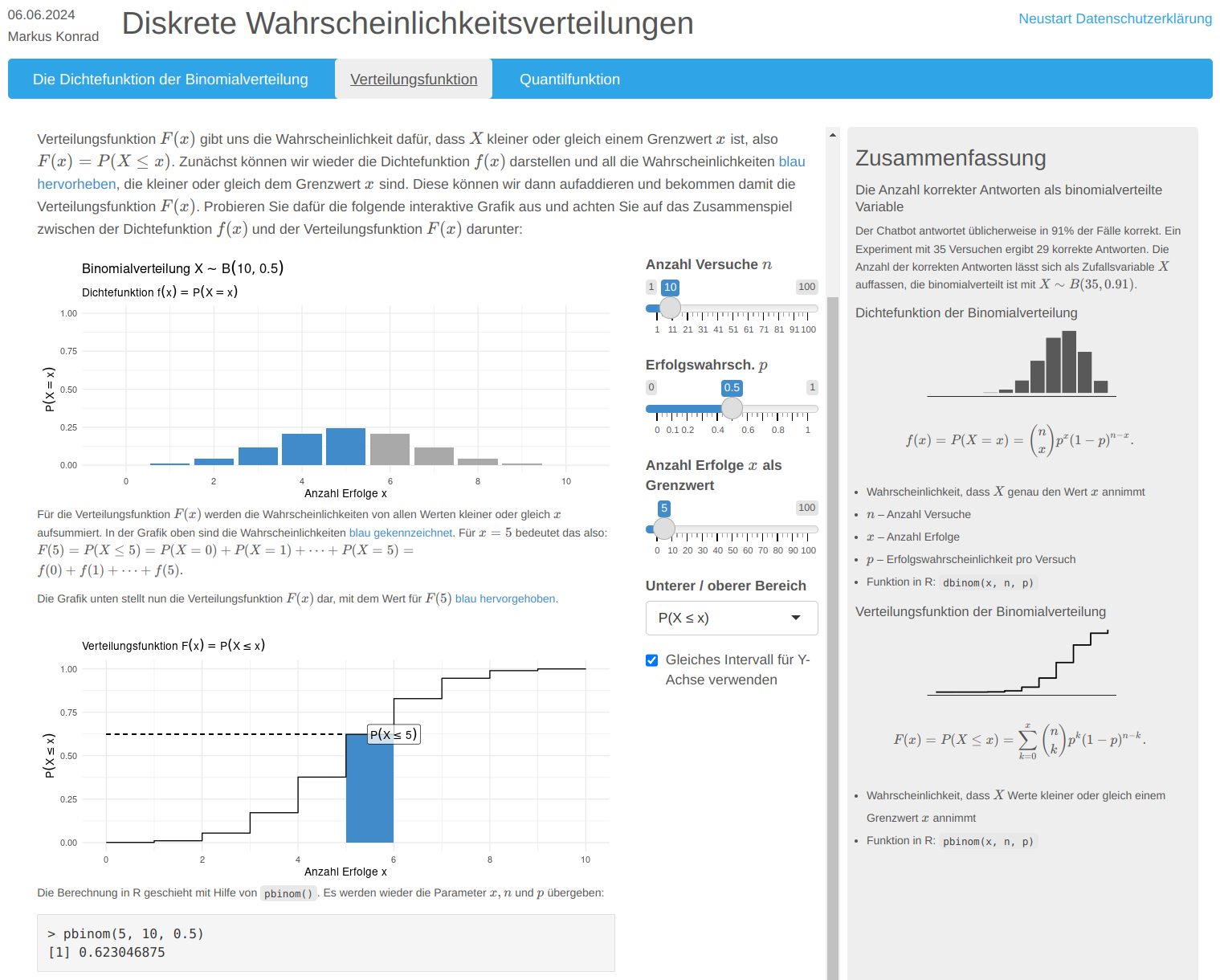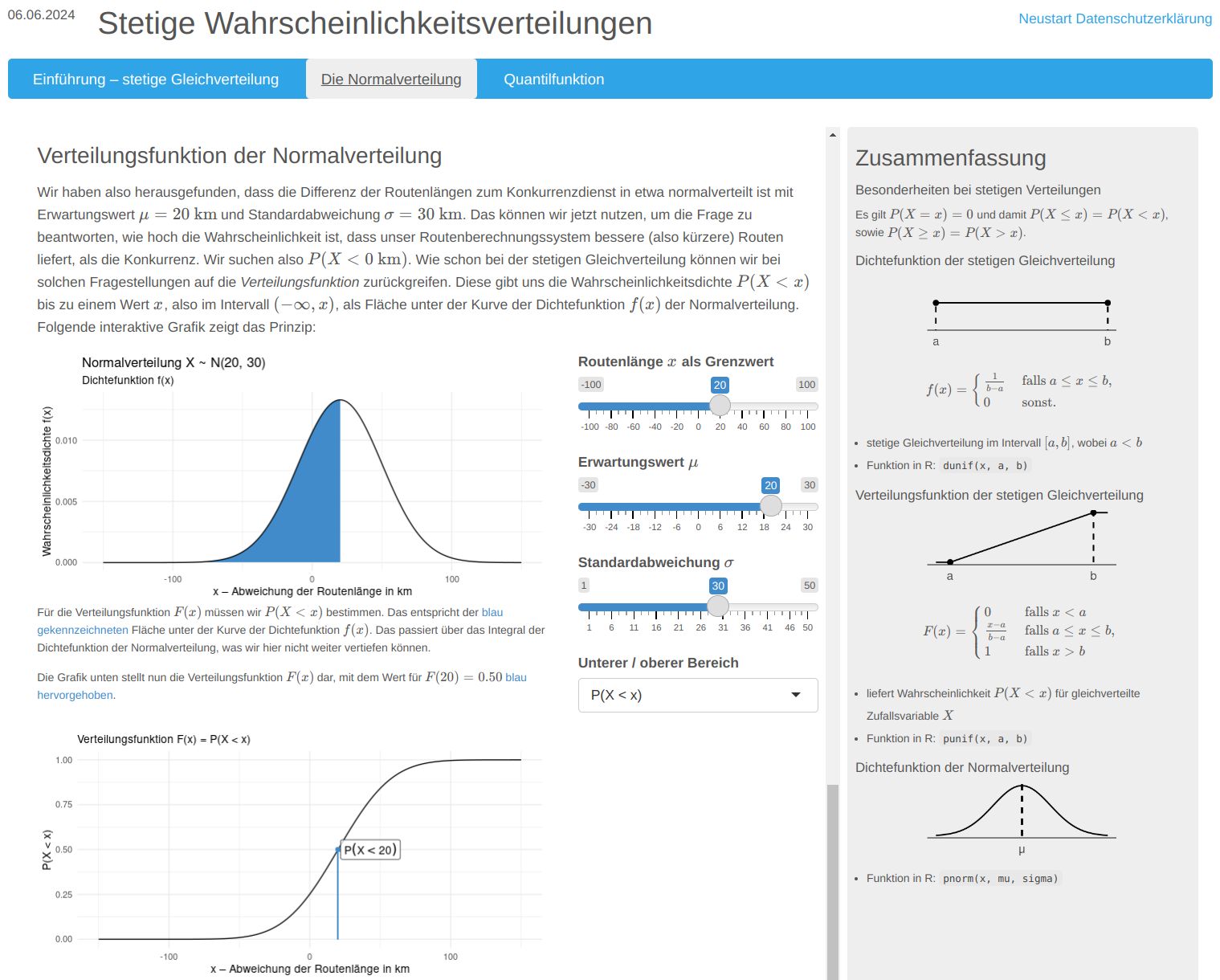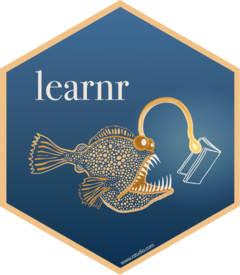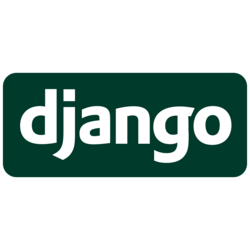MultiLA software platform¶
Welcome to the documentation for the MultiLA software platform. This platform allows you to create web-based, interactive learning applications and track the user interactions with them for learning analytics.
This software platform was developed as part of the IFAF MultiLA project at the HTW Berlin and HWR Berlin.
Main features¶
create interactive learning applications via RMarkdown notation or as standard Shiny applications using the R package learnrextra (an extension to the popular learnr R package)
highly granular, configurable and anonymous tracking of user interactions with the learning applications: mouse movements, clicks, exercise submissions, etc.
support for A/B-testing experiments and integrated surveys
configurable learning applications: write base applications once, create variants via configurations
dynamic summaries for learning applications
optional integration of chatbot APIs (e.g. OpenAI’s GPT models) to provide an adaptive learning assistant in the apps
web-based administration interface for publishing learning applications simply via upload, setting up variants and experiments and downloading collected data
data preparation and analysis scripts to get started with learning analytics for the collected data
own your data – self-hosted open-source solution to run in a Docker environment and an R shiny server
Live examples and screenshots¶
An example learning application is available at rshiny.f4.htw-berlin.de/BayesTheorem/. There is no demo of the administration interface publicly available. However, screenshots of the administration interface are among the following images:

A learning application about Bayes’ Theorem featuring interactive graphics and the dynamic summary panel on the right side.¶
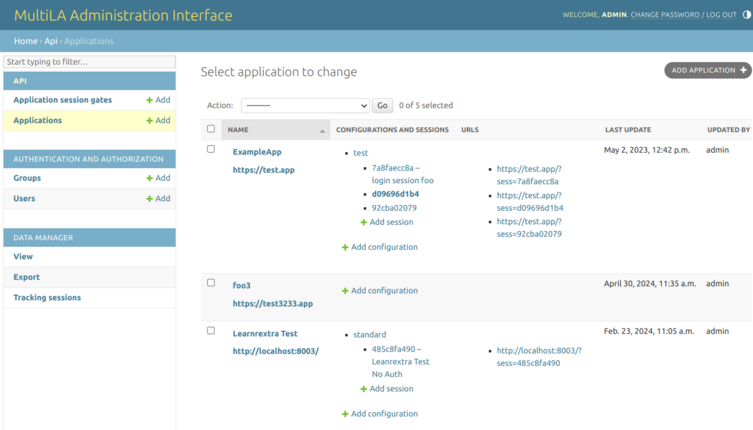
The overview of registered applications in the administration interface.¶
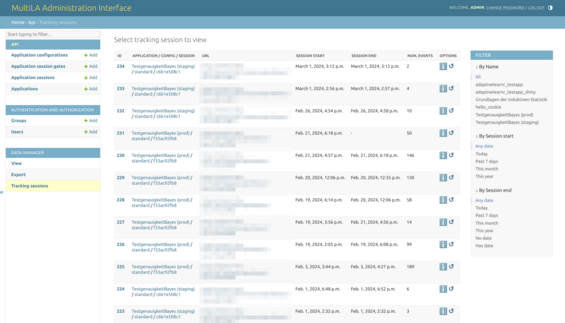
The overview of tracking sessions in the administration interface.¶
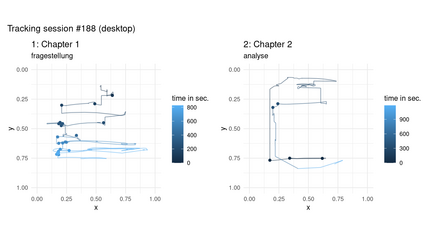
Visualized mouse movements from a tracking session.¶
Besides the learning application about Bayes’ theorem, we also published learning applications about discrete and continuous probability distributions. These are however only available in German.
Structure of the documentation¶
This documentation is divided into several chapters for different target audiences.
Creating learning applications (authoring tool guide)
Hosting learning applications and the web API (server administration guide)
App deployment and data collection for learning analytics (learning analytics guide)
Extending the MultiLA software platform (developer guide)
Table of contents¶
- Creating learning applications
- Hosting learning applications and the web API
- App deployment and data collection for learning analytics
- Setting up a learning application for tracking
- Learning application deployment and registration
- Application sessions and sharable URLs for tracking
- (Optional) Creating application sessions gates for A/B tests
- Monitoring user tracking
- Downloading and preparing tracking data for analysis
- Descriptive and explorative analysis of tracking data
- Extending the MultiLA software platform
- Codebook for MultiLA web API raw tracking data
- Codebook for MultiLA prepared tracking data
